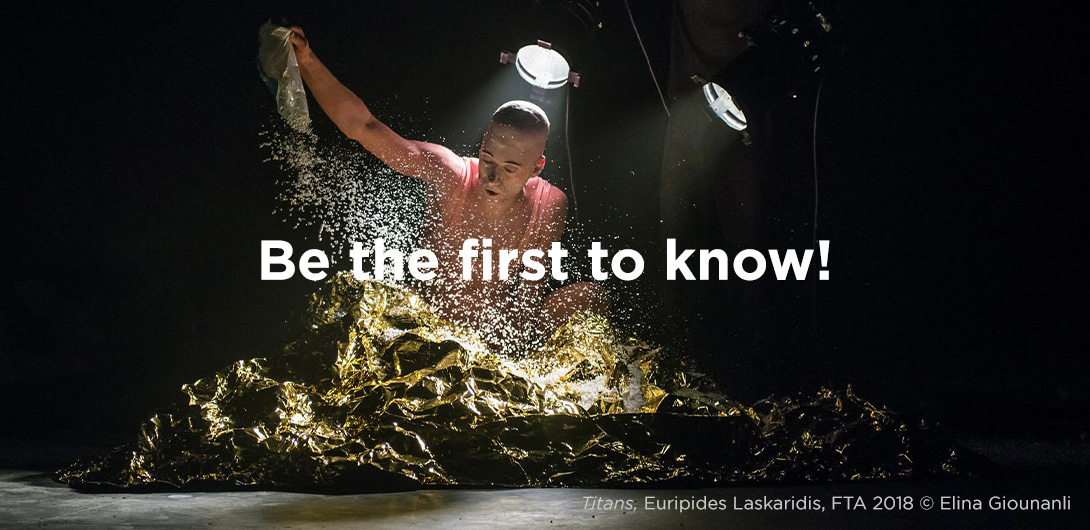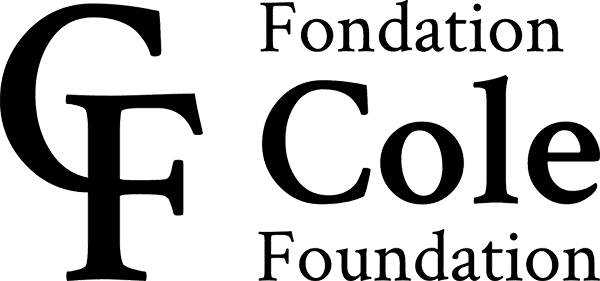What was the spark for this work?
Long before I started Bronx Gothic, I was thinking a lot about the question of inner life, and how memory constructs who we are. How other people live in our bodies, speak to us, leave traces, make us stand or fall. When events have been buried and they re-emerge, what does this produce? At the time, I was pregnant with my daughter. I started thinking about what it was like for little black girls to grow up, how they are sexualized, ignored and isolated at a very early age.
It’s a real culture of aggression where they are seen as either sexually deviant or permissive or corrupt. The language is not questioned or criticized. I realised how intertwined violence and sexuality are. I became aware of the lack of space for little girls to explore their sexuality without being punished or relegated to a space of deviance and morality. I thought about the girls I had known and started writing letters inspired by those we’d exchanged, and the way we told each other our secrets.
Your artistic practice is interdisciplinary. Do you think mixing media is necessary in order to address certain questions, issues, or themes?
The contemporary world, contemporary theatre and dance make visible white and predominantly cisgender people whose body models impose a certain idea of neutrality, of purity. The bodies of colonialism, of white supremacy, serve as a kind of universal archetype and exclude bodies of colour and other appearances. But neutrality and purity do not exist. A body speaks for itself and dance is a unique opportunity to critique the neutrality of a body.
The text can be a very interesting dynamic counterpoint, as can the effects of sound and light. And when the voice is engaged, there is a wide range of expressive possibilities—through breathing, groans, cries, words. What is important to me is to show the body as a human body. To create, to share a collective humanity. I’m interested in telling stories and talking about the social and political conditions in which we live. The text allows me to do this. I want these two languages, movement and text, to be always colliding, to be rubbing against each other.
What space are you inviting us into exactly?
It’s a psychic space, a space of recovery and diffusion of memory. It’s not an overdetermined or categorized space. And I am not a reliable narrator! I invite you into my room which is not my room, into a playground, into the sky, into the space of my dreams. In this landscape, I invite you to open up your own psychic space.
I reflect upon our life strategies in our own body after having suffered violence. I invite you into a limitless space in which every time you think you’ve found a support, it disappears, so that you have to cling to something else. In Bronx Gothic, you go through a complex psychic phase in which a person tries to maintain a protected body while the injured body continues to exist. You are in her space, the space of the character who is trying to reinvent herself with all her memories.
Why and how did you pass this solo on to Wanjiru Kamuyu?
Before the pandemic, the Kunstenfestivaldesarts in Brussels wanted to present the piece, but for me it was over—I could no longer perform Bronx Gothic. So I thought of the choreographer and dancer Wanjiru Kamuyu. Then the pandemic arrived, and everything was done via Zoom. It was my partner and collaborator Peter Born who worked with her.
Since Bronx Gothic was written and performed by myself, I wanted Wanjiru to find her own characters within herself, to approach the piece in her own way. I didn’t want to interfere and I never got caught up in the myth of superiority or control over one’s own work. That’s the white supremacist disease. To this day, I still haven’t seen Wanjiru on stage. It remains a mystery—it’s a very interesting feeling and very exciting!










